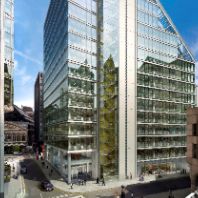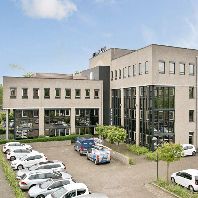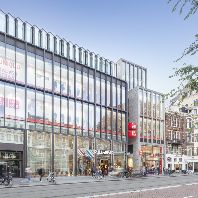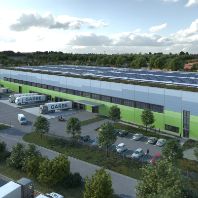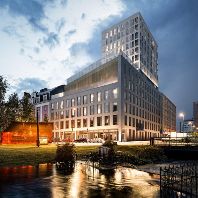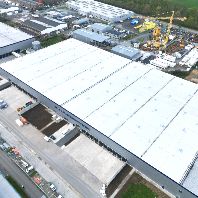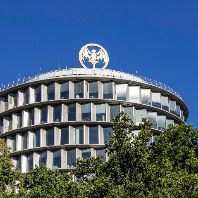Vacancy rates in Moscow's office sector have dropped to 15% over the second quarter, according to a report by Jones Lang LaSalle.
Buoyed by demand for quality office space, the decrease marks a significant departure from Q4 2009 figures (19.6%) and suggests a general trend towards lower vacancy and market growth.
Andrey Postnikov, Executive Board Member at Jones Lang LaSalle, commented: "The vacancy decrease in Q2 could well be a signal of a long-awaited trend towards better occupancy and a stronger market in general. After 2010, we expect the supply pipeline to slow considerably, while absorption will continue to grow. We may expect a slight correction with vacancy rates edging towards 15.5-16% over the next two quarters, but after that the figures will continue a steady decrease within the current cycle."
Figures from H1 2010 show that the office market is rebounding faster than was previously expected. A frozen pipeline during the economic slowdown was expected to constrict supply in 2011, which in turn would have brought down vacancy rates. But according to Jones Lang LaSalle, is the pressure on vacancy rates has already begun.
Postnikov continued: "The chief factor behind the vacancy decrease is a sudden increase in demand from both state and private corporations in Russia and abroad. We saw a number of important deals over the quarter, such as the purchase of an office building on Malaya Dmitrovka Street by RusHydro, while major tenants included international corporations like Panasonic, Avon and Nycomed; and Russian companies like Acron and IT. At the same time, however, we saw no new Class A or B projects introduced on the market during the second quarter."
Indeed, the first half of the year has demonstrated a strong acceleration on Moscow's office market. Take-up volumes during the second quarter reached 406,850 m², bringing the H1 total to 718,650 m² a twofold increase year-on-year.
Meanwhile, the volume of completed space fell by 69% year-on-year, the lowest since 2004. These dynamics have been a boon for property owners.
The decrease in vacancy rates has caused base rents to grow. Rent rates for Class A space increased by 10-15%, with most properties leasing within the range of US $500-$700/m², while Class B+ rates were US $400-$500 a 15-20% increase from the previous quarter. Class B- rates reached US $200-$400, reflecting a 10-15% increase. Prime rates remained at the US $800 level noted during the previous quarter. Vacancies were primarily seen in newer projects that hadn't signed leases yet, or in less competitive properties.
Olga Rybakova, Head of Office and Warehouse Research Jones Lang LaSalle, said: "Take-up volumes for the first half of 2010 are near pre-crisis levels. Together with a slow in completions, this is driving rent rates, particularly in quality office projects that are still not very abundant on the market."
Source: Jones Lang LaSalle
